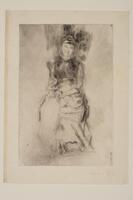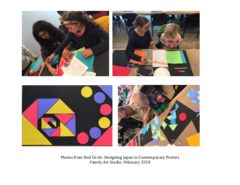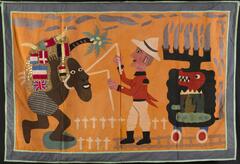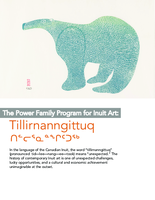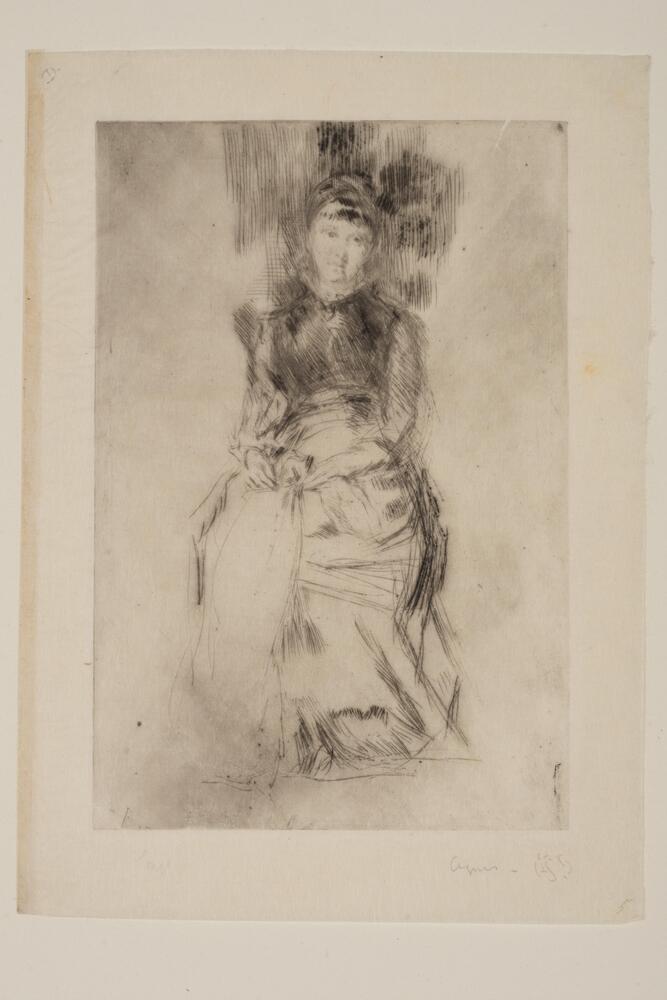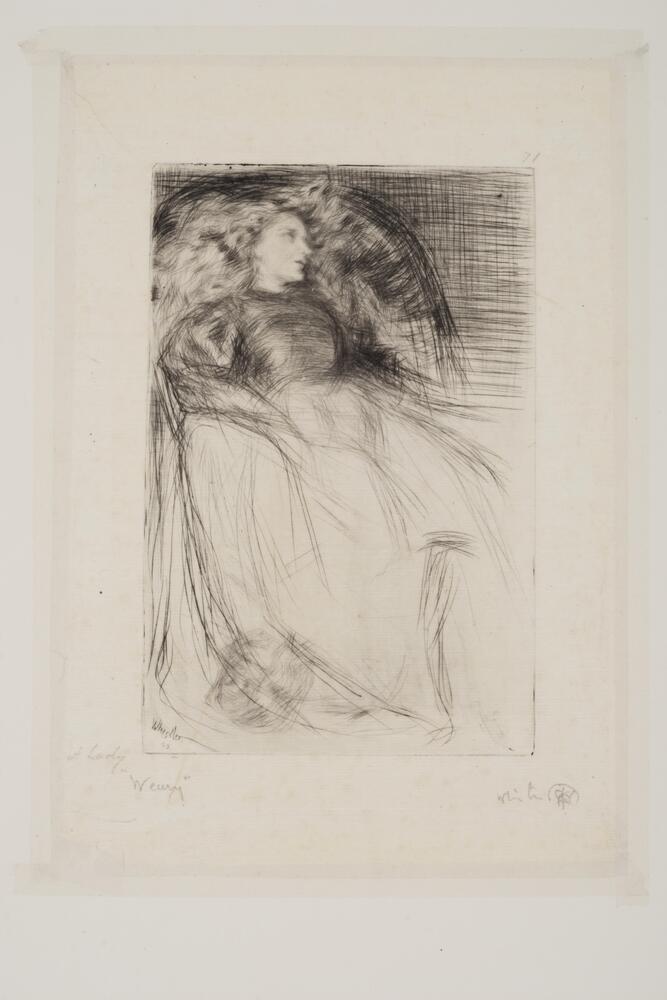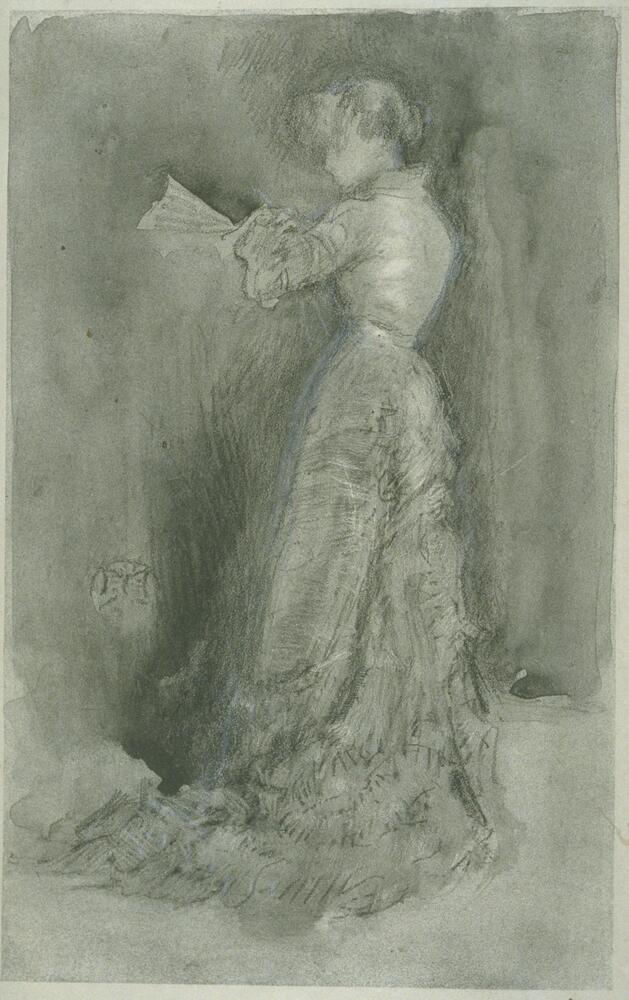Sketching and Imaginative Play by Elizabeth Vandermark
“On Beauty and the Everyday: The Prints of James McNeill Whistler”
UMMA Teacher Workshop, September 29, 2010
Lesson: Sketching and Imaginative Play by Elizabeth Vandermark
Objectives
Students will carefully observe and actively study an object. They will explore their own work in relationship to an established artist's work. Students will experiment with different drawing instruments and papers to create four different quick sketches of their object.. They will then imagine what they see in their own work and the work of others.
National Core Standards
- Generate and conceptualize artistic ideas and work
- Perceive and analyze artistic work
- Apply criteria to evaluate artistic work
Grades K-4
Time Required
one 50 minute class period
Materials
- Variety of drawing tools such as: colored pencils, markers, pencil, crayons, chalk
- An assortment of colored and white papers - different textures (all cut to 4.25" x 5.5" - half of a typical letter sheet): recycled papers (grocery bags), craft paper, cardstock, copy paper and colored construction paper. You need at least four times the number of students
- Reproductions of James McNeill Whistler's prints.
Lesson
BEFORE CLASS
Ask students to bring one natural object such as a leaf, stick, stone, berry or nut to school.
WARM-UP EXERCISE (10 MINUTES)
Have each student hold their object in their hands and ask them what they see and feel. Is it ...round? skinny? soft? hard? crinkly? sharp? solid? bumpy? squishy? etc. What colors, patterns and shapes do you see when you look at it carefully? Ask some of the students to share their thoughts to get the group going.
Tell students that drawing their object can help them see more interesting things about it and help them learn more about it.
SKETCHING EXERCISE (5 MINUTES EACH SKETCH)
Have students select something to draw with and one piece of paper. Have students look carefully at their object and select one position in which to study it. Have them quickly sketch, trace, make a rubbing, or draw some of the patterns in it. Repeat three more times with different paper types and choice of drawing instruments.
CLASS SHARING (10 MINUTES)
Have students display their drawings on their table and walk around the room looking at the work of their classmates. Ask: What can we see in different studies of the same object? Do the different views help us understand the object better? What do you imagine when you look at other people’s art?
CAREFUL LOOKING AND THINKING ABOUT AN ARTIST'S WORK (5 MINUTES)
Place the Whistler reproductions on the tables. Say Whistler was an artist just like them. He studied and tried many different ways to represent people, places and objects. Here we have three prints of women by the artist. Have students pair and share what they see in the prints. What patterns and shapes can they find? Are the lines hard-edged and sharp or soft and shaded?
Finally go back to the students’ sketches and see if there are similar marks or textures in their work and Whistler’s.
Part of 1 Learning Collection
<p>April 18, 2018</p>
<p>Beyond Borders and Paul Rand Exhibitions</p>
Rate this Resource
AVG: 0 | Ratings: 0
& Author Notes
All Rights ReservedLast Updated
May 31, 2017 8:45 a.m.Report
Reporting Policy
